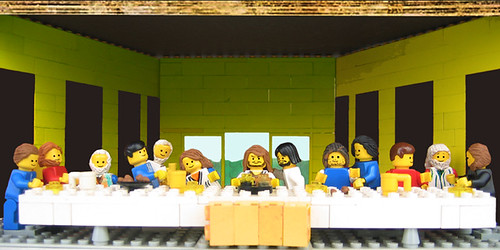
Does it follow the hourglass structure?Yes, it does. As you can read in the abstract, the
article is structured in this way:
at the beginning there is a general presentation of ideas and goals,
in the middle the writer goes on giving examples for her thesis through three case studies, and
finally she draws her conclusions, which are substantially the same ideas she introduced before, in this way she puts together and summarize thesis and their demonstration.
Is there a logical flow of ideas?Is the text cohesive?
I decided to put these questions together because they are strongly related, since cohesion is made possible by the logical flow and, vice versa, the exposition is made more fluent thanks to cohesive elements. Moreover, she resorts to metalanguage, too. The most evident example is given in the abstract:
.
In this article the author sets out to illustrate some of the strategies which Italian translators and publishers adopted, or were forced to adopt, to ensure that their texts passed muster under Fascism.[...] The author proceeds to survey the mechanisms that were put in place to vet books [...]. It is argued that the apparatus of the State was only partially successful at monitoring the content of works of literature. This historical contextualisation, drawing on archival and published material, is followed by a number of case-studies, first of three novels by John Steinbeck, and then of Americana, a famous anthology of American literature published during the Second World War. In her conclusion, the author draws attention to the failure of the regime to implement a watertight policy on translation, despite its desire to influence the way readers interpreted books.
Is the writing clear or complex?
The writing is very clear thanks to the fact that the topic is strongly related to the social aspect of communication. For this reason, I cannot provide examples for it because actually there aren’t technical words (so I can say that my example is that I cannot give examples for it ;)
Who is the text’s assumed audience? What indication of this do you have?
The text is easily comprehensible for anyone. Anyway, it doesn't dwell on fascism but it implies that readers still know enough information about it.
Do you think a blog post should follow some or any of these points?
In my opinion its structure should depend on its contents. Sometimes there is no need to write an introduction or a conclusion (for example when you write a piece of story), but I think that every text should be cohesive and coherent.
Image taken from darkchild69, flickr













